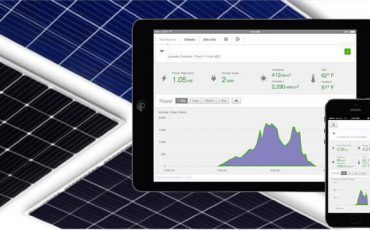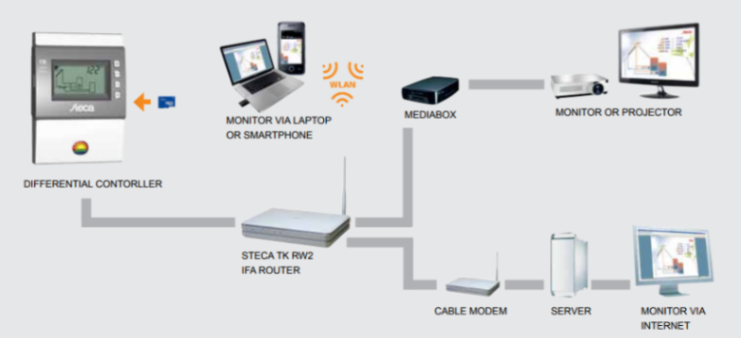Everything You Need To Know About Solar Monitoring Systems

Congratulations! Now that you have finally completed the installation of rooftop solar panels, we thought we could help you with getting the best out of your newly set up venture. A lot of people think that their solar research story ends with the installation. That’s not the case though. It is obvious that once your solar panels start to generate electricity, you will wonder if they are working efficiently or not. Or you might get curious about how many units of electricity are your solar panels producing. You might also want to check how much actual savings have you made from your rooftop solar. Well, there is an answer to these questions for all the curious cats and nerds out there - Solar Monitoring System.

What is a Solar monitoring system?
As you might have guessed from the name, a Solar Monitoring System's primary function is to monitor the functioning of the solar panels. Solar monitoring systems keep track of the electricity generated by solar panels at any given point in time. They also keep a track of the total power output of the system throughout its lifespan. Besides providing real-time data, monitoring systems also record and analyse the solar setup performance in different weather conditions. This way, the user can know how weather impacts electricity generation and what to expect in similar future situations.
How Does a Solar Monitoring system work?
Solar monitoring system works via your photovoltaic (PV) system’s inverter. Often, the inverters offered by companies come with a preinstalled monitoring system. Enphase, SolarEdge, and CURB offer some of the most popular solar monitoring systems in the market.
(Don’t know how PV solar systems work? Read our blog that explains how solar energy works in 5 steps here).
Step 1: When the direct current generated by solar panels reaches the solar inverter for conversion into AC, information about power production and consumption is collected.
Step 2: The collected information is then uploaded to a cloud-based network and owners can access the information by logging into an online platform or through a companion app. This is also known as solar monitoring using IoT (Internet of Things) since all the data is saved on the internet.
Most systems can also be connected via a cellular network which enables the users to view the information even without an internet connection. Moreover, certain solar monitors provide on-site viewability by transmitting data through a wired connection with a display.

Three Benefits of Solar Monitoring
1. Rectifying glitches: Monitoring helps in figuring out any technical issues with the system and thus helps in resolving the technical glitch efficiently and quickly.
2. Timely repair: Since monitoring systems enable us to view the energy output in kilowatt-hours in real-time, we will instantly be notified in case the power output is lower or higher than usual. This makes the user better equipped in predicting any potential fault and calling the service provider before it gets too serious.
3. Panel Cleaning Reminder: The user can know if their rooftop solar panel system needs cleaning if the efficiency is lower than usual.
 Unergia
Unergia